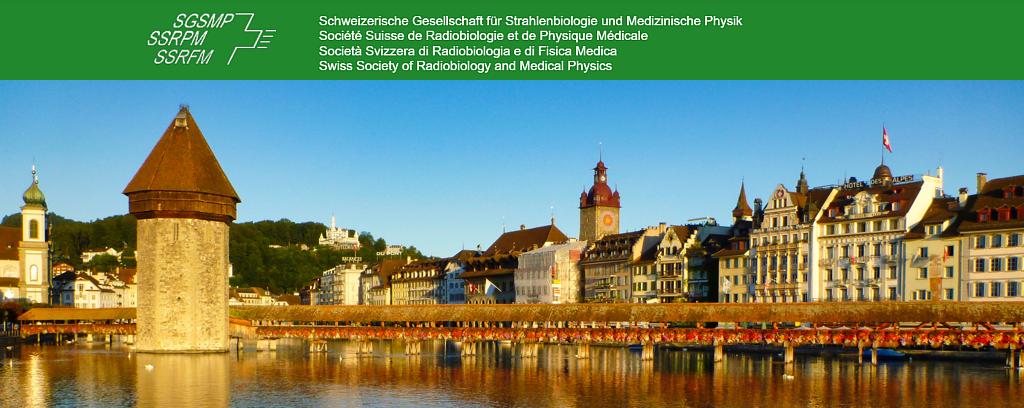Purpose
The Swiss Radiological Protection Ordinance stipulates that medical physicists should be involved in the optimization of clinical protocols. We present a multicentric and multidevice study to evaluate the impact of protocol optimization on image quality (IQ) in nuclear medicine.
Methods
We performed a NEMA phantom study in 15 centres mainly located in western Switzerland,...
Purpose
Y-90 radiolabelled resin and glass microspheres have been used for decades to treat primary hepatic carcinoma and liver metastases. Recently, experimental PET results [1] and Monte Carlo simulations [2] pointed out a possible important discrepancy between the calibrated activity and the actual activity present in both the Y-90 labelled resin and glass devices. The present...
Purpose
The aim of this work is to understand and characterise the impact of acquisition and reconstruction parameters in PSMA dosimetry.
Materials and Methods
A standardised phantom with known sphere sizes was used. Lesions and background were filled with 177Lu and the activity was set to mimic the ones found in patients. The phantom was then imaged in a clinical device with varying...
Purpose
In 2020 our Institute introduced the use of dedicated eye lens dosimeters as an addition to the standard estimate through apron dosimeters. This work aims at providing a preliminary overview of our experience with the two methods used side-by-side.
Methods
The readings of the eye lens dosimeters have been compared to the official estimate calcolated from the under- and...
Purpose: Literature about radiation dose values following surgical examinations realised under X-ray fluoroscopy guidance is currently limited. Based on the recommendations of the International Commission on Radiological Protection, this study aims to provide reference dose levels in orthopaedic surgery, urology and vascular surgery at the University Hospital of Geneva.
Methods: A total of...
Purpose: Spatially fractionated radiotherapy (SFRT) is based on the principle of treating the total targeted volume with a non-uniform radiation dose in order to deliver much higher doses to portions of the malignancy. The oldest type of SFRT is known as GRID Radiotherapy (RT) and uses a perforated block positioned directly on the skin of the patient to partially screen the delivered...

